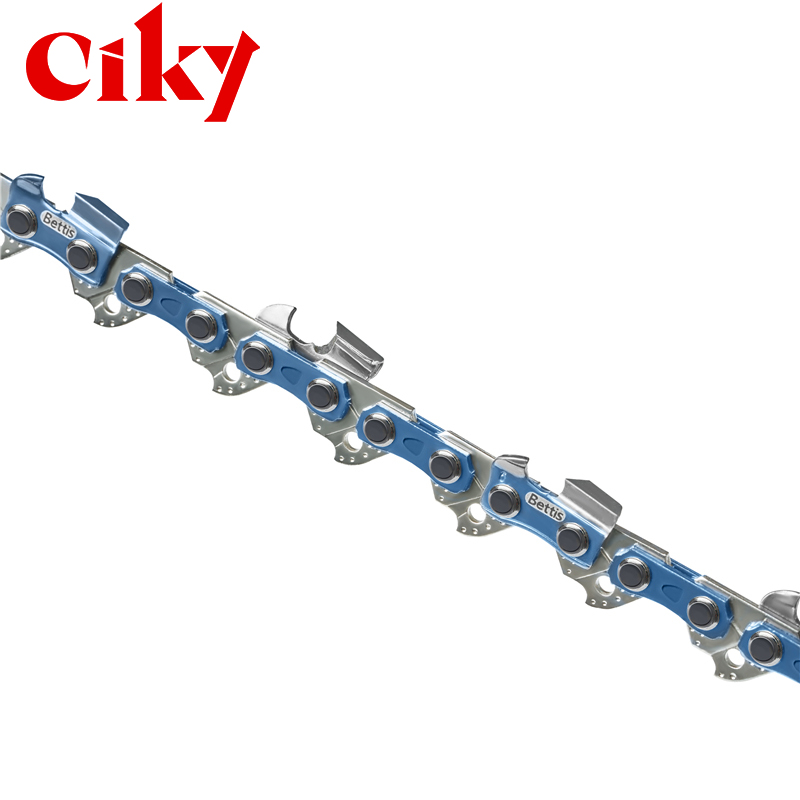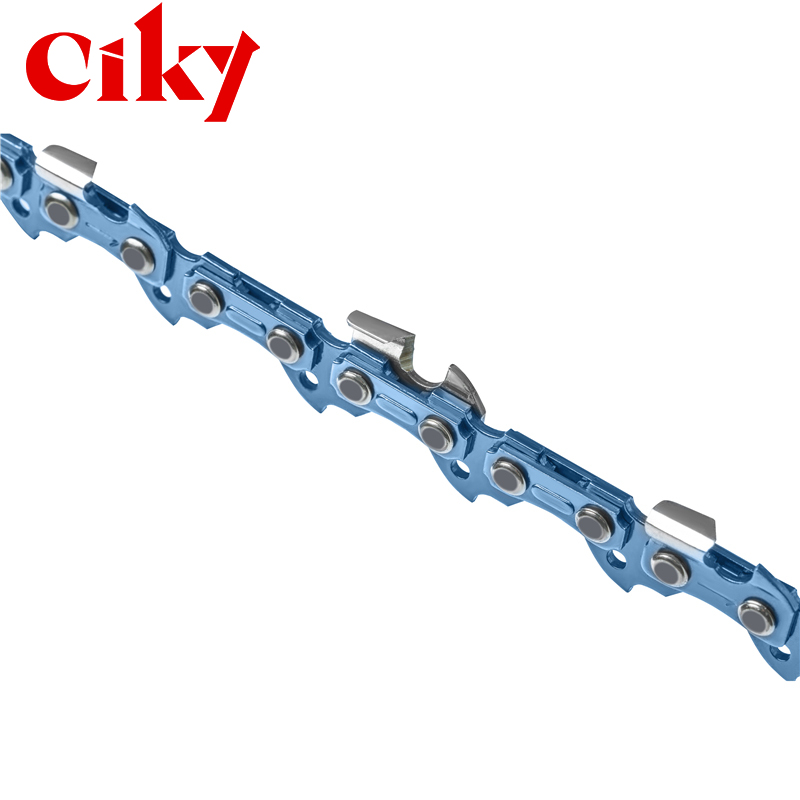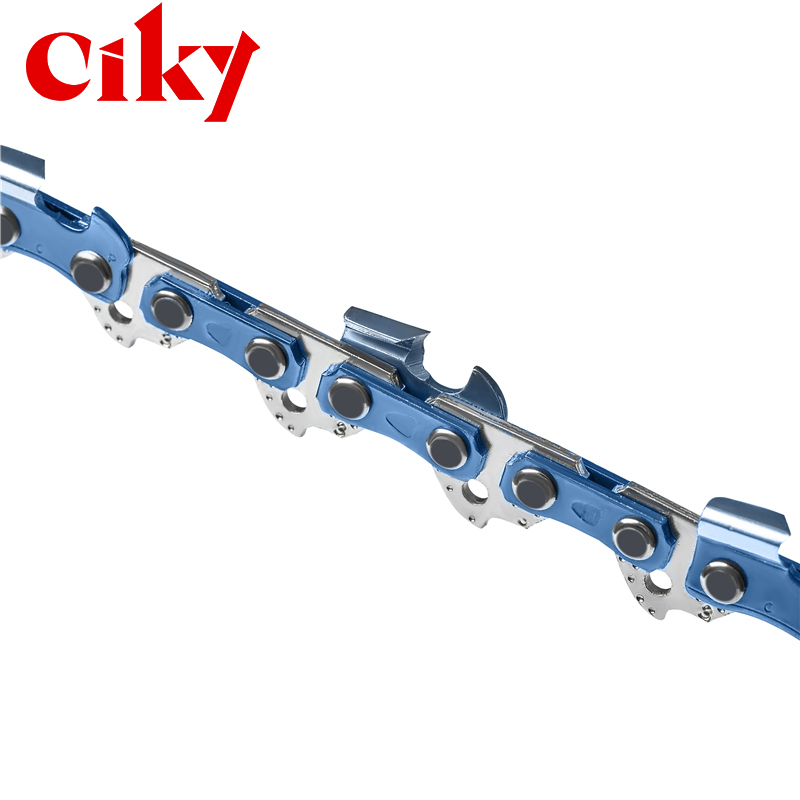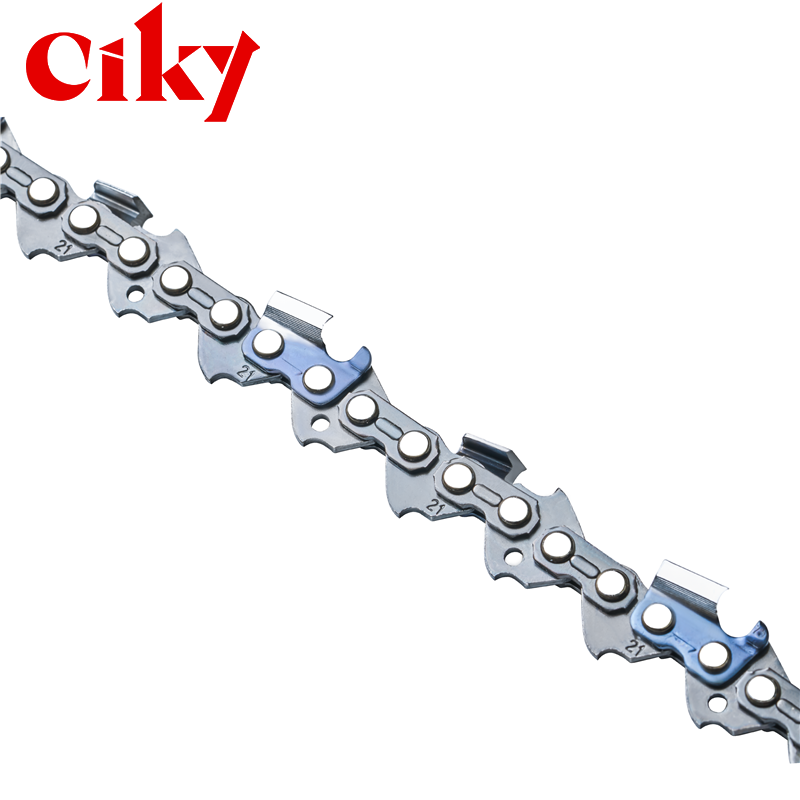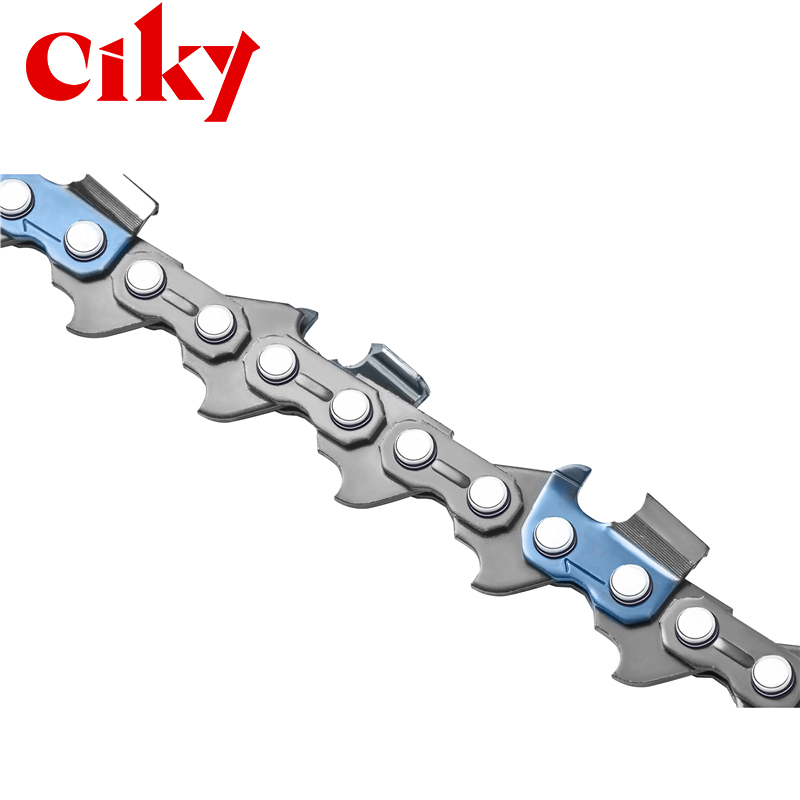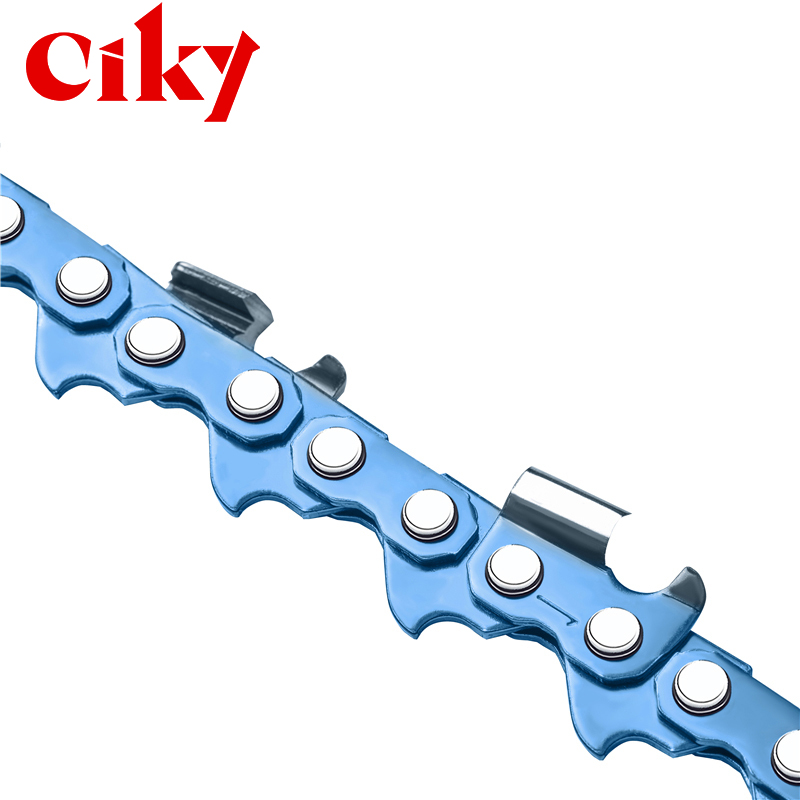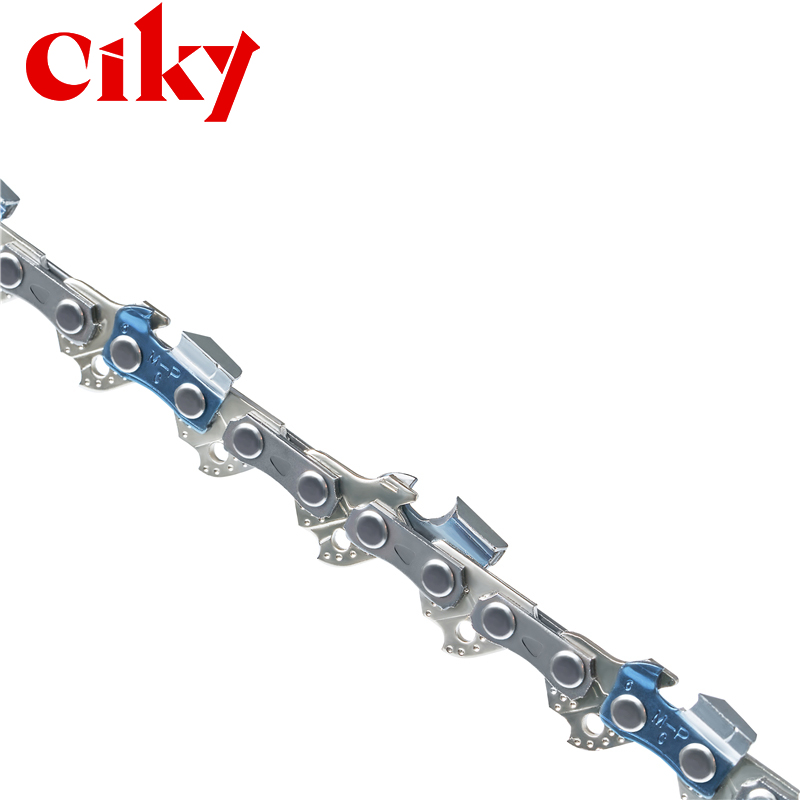The Power of Precision: Exploring the Benefits of Low-Profile Chains
Low-profile chains, also known as "low-kickback" or "safety" chains, are engineered with specific features to enhance safety and control during cutting tasks. These chains are easily recognizable by their unique cutter shapes and narrower drive links. The key components of low-profile chains include:
Reduced Kickback Risk: Low-profile chains are designed to minimize the risk of kickback, a sudden and potentially dangerous reaction that can occur when the tip of the chainsaw bar comes into contact with an obstacle. This is achieved through the chain's specific cutter shape and the reduced depth of the depth gauges.
Lower Vibration: These chains are engineered to reduce vibration during operation, leading to increased comfort for the operator and better control over the chainsaw.
Smooth Cutting: Low-profile chains offer smooth and precise cutting, making them ideal for tasks that require clean, controlled cuts, such as pruning and shaping.
Applications of Low-Profile Chains
Low-profile chains find their primary applications in tasks that demand precision, safety, and control. Some of the common tasks where low-profile chains excel include:
Arborist Work: Arborists often use low-profile chains to prune and trim trees. The reduced kickback risk and smooth cutting capabilities make them well-suited for this delicate work.
Limbing: When removing branches from felled trees, low-profile chains help ensure clean and precise cuts without the risk of kickback.
Orchard Maintenance: In orchards and vineyards, where precise pruning and shaping of trees and vines are crucial, low-profile chains are a preferred choice.
Landscaping: Low-profile chains are also used in landscaping tasks, where accuracy and control are essential for achieving desired shapes and finishes.
Homeowner Tasks: While low-profile chains are often associated with professional work, homeowners can also benefit from their safety features and precision when tackling tree maintenance or firewood cutting.
Advantages of Low-Profile Chains
Safety: The primary advantage of low-profile chains is enhanced safety. Their reduced kickback risk and lower vibration levels contribute to a safer cutting experience, reducing the likelihood of accidents.
Precision: Low-profile chains are known for their precision and smooth cutting. Whether you're an arborist shaping a tree or a homeowner pruning branches, these chains allow you to make accurate and controlled cuts.
Control: The reduced kickback risk and smoother operation provide greater control over the chainsaw, making it easier for operators to handle challenging cutting tasks.
Comfort: Lower vibration levels result in increased comfort for the operator, reducing fatigue during extended periods of use.
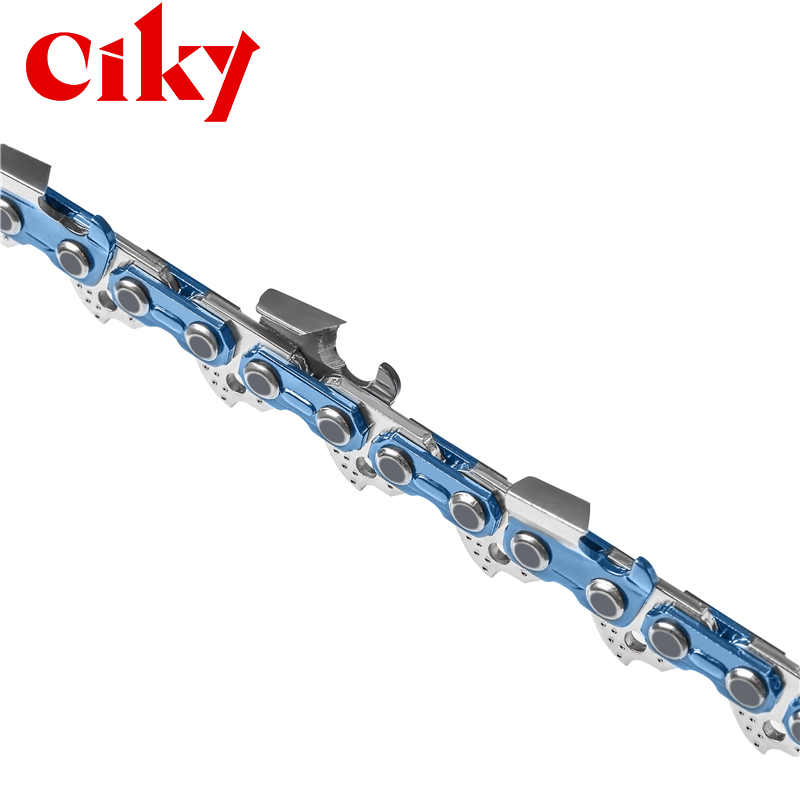

 English
English Español
Español